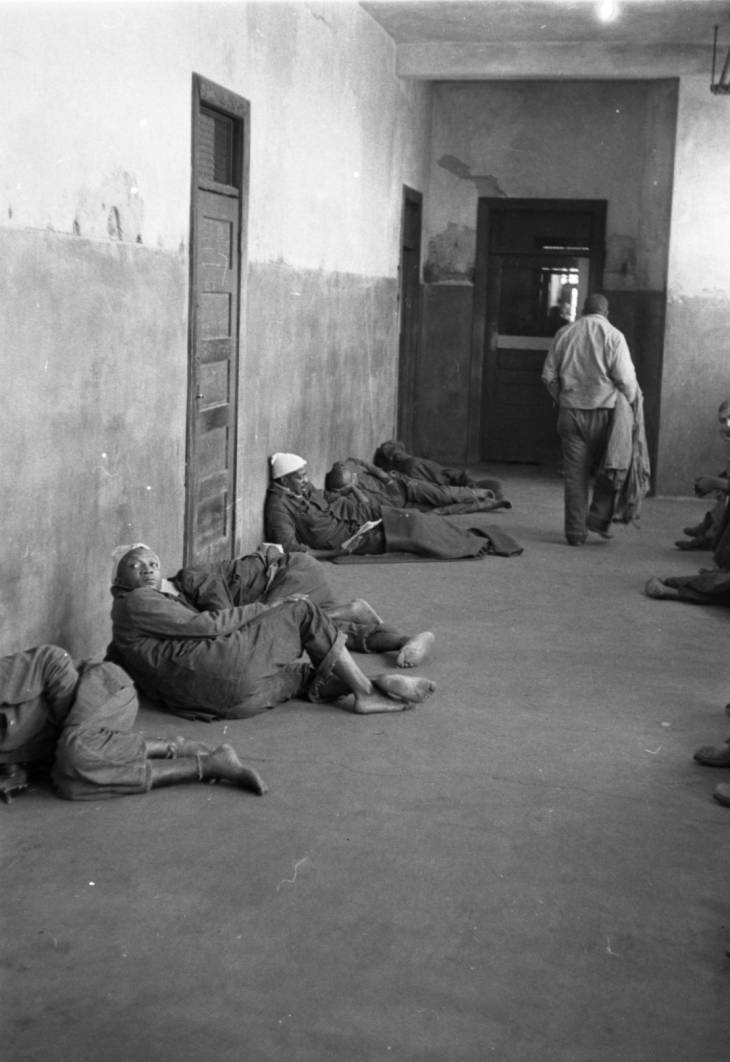Not a loss, but an opportunity.
CONTENT WARNING: This article discusses institutionalization, psychiatric hospitals, abuse, and neglect.
The burning of the Babcock building on Bull Street in Columbia, SC brought up complex emotions for a lot of us. For decades, the Babcock building—one of the primary buildings of the SC State Hospital, which opened in 1828 as the “South Carolina Lunatic Asylum”—has served as a painful reminder of the ways that people with psychiatric, intellectual and developmental disabilities were abused, neglected, and segregated from society. This was also a place where people with disabilities were forced into sterilization and other unnecessary medical procedures that caused death, additional disabilities, or permanent trauma.
Not only did this institution inflict pain and trauma upon the patients who were supposedly under their “care,” but the institution also created a perception and culture of fear around the types of people who were committed to the hospital—people with psychiatric, intellectual, and developmental disabilities. The hospital became synonymous with Bull Street as a whole, and jokes about “sending you to Bull Street” were common.

Because of this, we don’t see the burning of the Babcock building as a loss, but an opportunity to truly change perceptions and stereotypes about people with disabilities in South Carolina.
Instead of making jokes about “psychos,” “lunatics,” or “insane asylums,” let’s ask ourselves where these stereotypes came from, and what history is packed behind those words. Instead of fostering fear around people who we don’t understand, let’s educate ourselves and have honest conversations. Let true community inclusion rise from the ashes of our history.
Let true community inclusion rise from the ashes of our history.
This property is still a symbol of segregation and misconceptions about people with disabilities because it’s story is not fully told. As hard as it is to imagine, people with disabilities continue to be seen as less than a human and are often discriminated against or not accepted by society. The Babcock building’s history contributed to the discrimination that still continues today.
The Babcock building is also a symbol of SC’s disability rights movement, because it demonstrates how we worked to close institutions like the one formerly on Bull Street as we recognized that people with disabilities deserve to live and be treated in the community. While we support the redevelopment of the area, we must tell the history of the property while we do so. Any version of BullStreet that pays no acknowledgment to the BullStreet of the past and only seeks to capitalize on the space does a disservice to the disability community in SC. We need to make the property a symbol of inclusion for all living in our community.
We don’t seek to forget or ignore our history. Let’s acknowledge the horrifying history of this institution so that we can do better and be better. Because of this, we want to hold space for you, our community, to share your stories. Do you or a loved one have an experience with Babcock that you feel comfortable sharing? Email us at snichols@able-sc.org. Let’s create a shared history from the perspective of the disability community, and let’s build something meaningful from it, together.